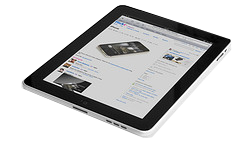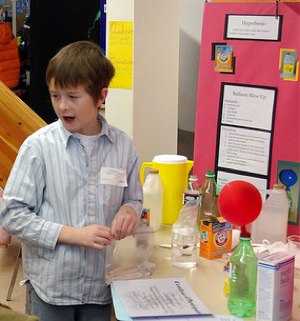After keynoting the recent SchoolCIO Leadership Summit and then facilitating their “Digital Content” discussion cadre, I was asked to compile some of the highlights of our case studies and conversations into a 100 word scenario for the SchoolCIO Magazine’s followup articles. The word limit made the task feel like a job. But it is in that sort of efficient deconstruction, reflection, and reconstruction process that we gain new insights — that I learn.
One of the linchpin moments of the recent SchoolCIO Leadership Summit was when one of the attendees, in a rather off-handed remark, said — and I paraphrase:
We should not simply be transitioning from print to digital content.
We should be facilitating a transformation from an old and obsolete way of teaching and learning to a new and more relevant way of preparing our children for their future.
This remark brilliantly packaged a lot of the issues that had been struggling with for quite some time. It suggests that we take a step or two back and shift our focus away from a new device for content delivery and refocus on something much broader and suggestive of how the game is changing.
 |
|
A 50 word cloud, generated by Wordle, compiling more than 20 definitions of curriculum from the Internet
|
The word Curriculum comes to mind as one way of labeling this broader view. Admittedly, the word is fairly slippery, already having different meanings to different people — even among professional educators. Formal definitions range from a zoomed out departmental view, “..the subjects comprising a course of study..” to a closer micro perspective, “..a predefined series of learning events designed to meet a specific goal.” Scan the word cloud to the right.
But as I worked through my notes from the Summit, struggling with the language for my scenario, it occurred to me that a precise and universally accepted definition of curriculum simply has not been very important. Teachers had the textbook; a physical, reasonably durable, easily understood (and operated), dependable, and trustworthy tool that was carefully designed for instruction by experts. We had a practical point of focus that rendered curriculum, as a term, lighter than air, floating to a high and misty place, where its Latin lineage evoked a classical aura to the profession. At least that’s the way I see it.
Today, the textbook, consisting of printed pages glued or sewn together and bound in covers, is obsolete. I believe that its role as the central, dominant, and trusted tool for instructional delivery is been based on a myth and is equally obsolete. Our information landscape has morphed into something that is larger, more dynamic and vibrant, highly personal and yet broadly shared — and almost entirely unforeseen.
This new info-environment has radically changed how we learn.
Therefore, it must also radically change the practices of teaching and the institution of education.
 |
|
This is the last book that I bought in order to learn to do something (2000). Today, the idea of buying a book to learn a new programming language seems ludicrous. If we’re not buying textbooks to learn after school, then why should we force them on our children’s learning?
|
As the textbook (in the form that I used it in the 20th century) declines, becoming only one optional component of an expanding and shifting array of resources and opportunities, the role of teacher will change.
This notion of crafting learning experiences by orchestrating webs of content, tools, opportunities and connections implies a broad, partly informed, partly intuitive, and largely personal act of crafting curriculum. It happens as a result of education; experience; professional conversations; research; information resources, tools, and skills; a connection to the community; a genuine caring for children and their self-fulfilling future success; and a professional obligation to be a constant learner and model that practice.
This vision of teachers as curriculum curator is inconsistent with a central and arrogantly authoritative blueprint for everything that learners need to be doing for hours, days, and years of their childhoods and youth.
Curriculum should empower learning, not merely guide and filter teaching.
By relying on teacher currated curriculum over state-adopted textbooks, the transformation we may well see is a shift from classrooms of compliant students to environments of skilled, resourceful, and habitual learners.
…Posted using BlogsyApp from my iPad







